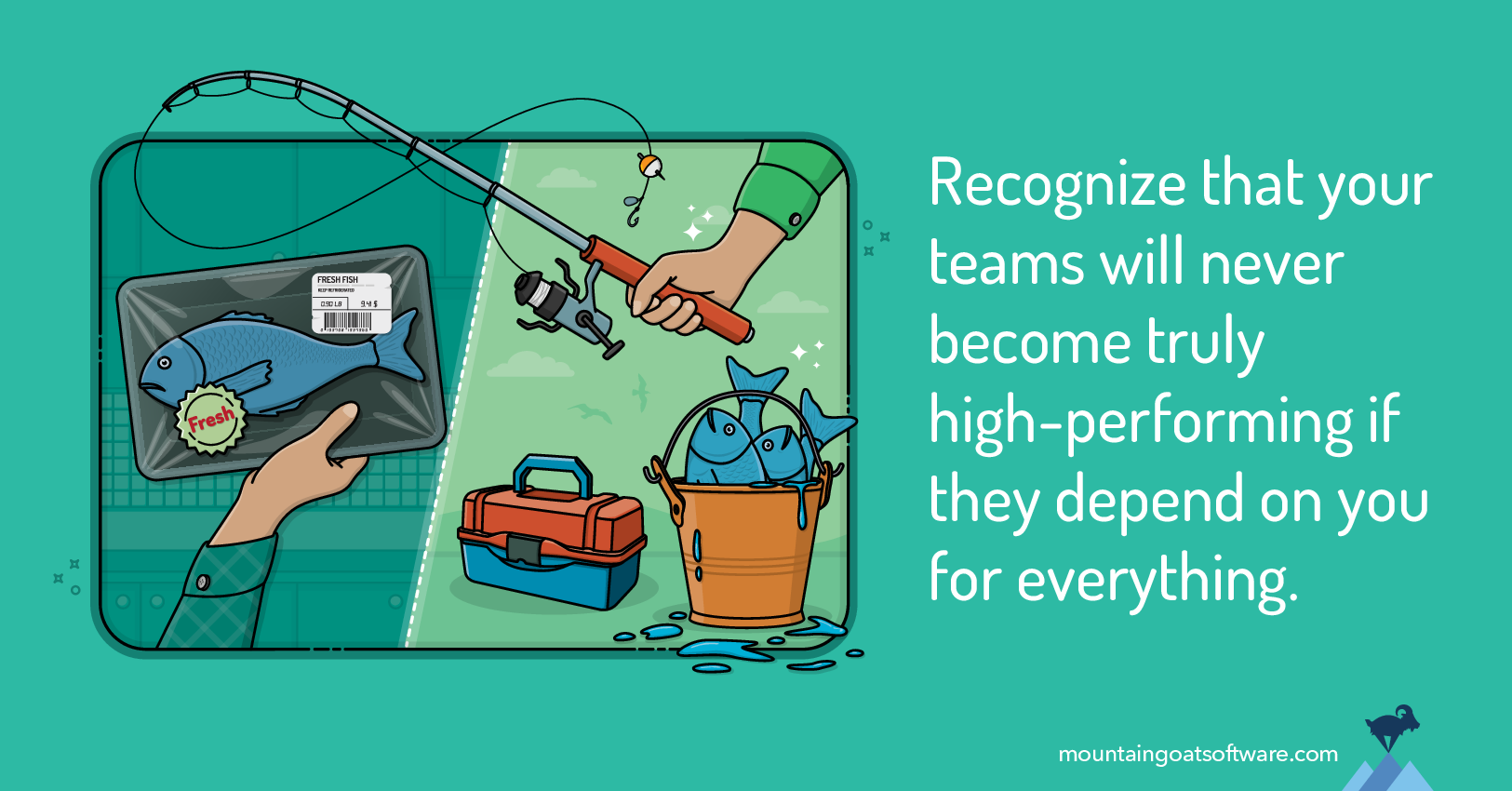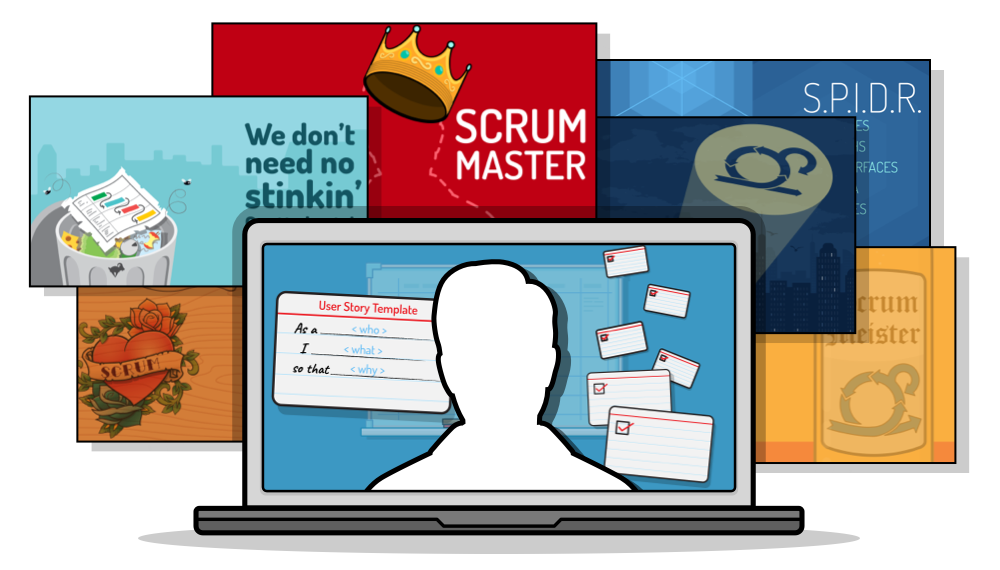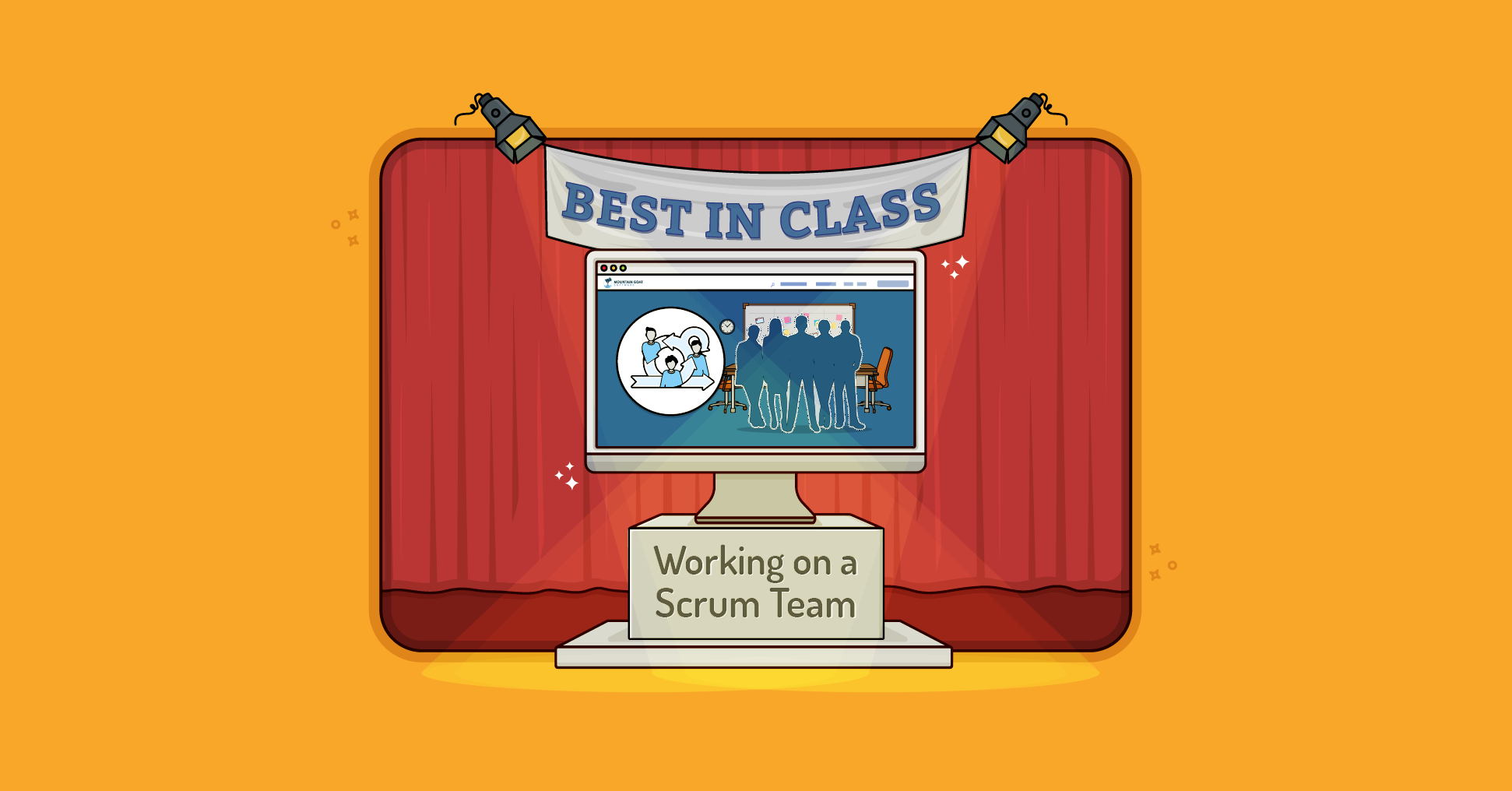As a veteran parent now with two teenage daughters, I can tell you that one of our goals has always been to help nurture self-sufficient human beings who will be ready to go out and conquer the world on their own. Their mom and I wanted to instill independence: the ability to figure things out on their own without us taking care of every small detail. As you can imagine, their teenage years have brought days when we question how successful we’ve been!
There are levels to this; fostering self-sufficiency in our children is a subtle art. It runs from the most basic level (our children need to be able to make simple choices like what they will wear or even eat each day) to much more complex aspects of self-actualization (such as figuring out your own opinions or how to react to people who aren’t treating you with the respect you deserve). Instilling a value system in an otherwise self-determining young person belongs in that top tier level of difficulty in parenting.
While I don’t consider my teams to be children, I do see many similarities in approach here. One of my jobs as a Scrum Master is to help build high-performing teams. And for teams to be high-performing, they must first be self-sufficient
What Is a Self-Sufficient Scrum Team?
A self-sufficient Scrum team demonstrates five key traits. First, a self-sufficient agile team knows their rights and responsibilities in Scrum. Second, they know the purpose for every Scrum meeting. Third, they know how to produce a potentially shippable product increment each sprint. Fourth, self-sufficient teams can independently apply Scrum values at a practical level. Team members know how to work alongside others and handle conflict constructively. Lasat, and above all, self-organizing Scrum teams understand how to progressively need their Scrum Master less and less.
For Scrum Masters, helping a team reach this deeper level of self-sufficiency isn’t a cakewalk. It takes patience and skill. In this post I want to give Scrum Masters just a few small tips that I hope will give you a head start on nurturing self-organization in your teams.
1. Start with a Cross-functional Team
I’m always surprised at how many organizations miss this step. When many adopt Scrum, they’ve already got teams set up for various functions (programmers, testers, database, etc.) and they think it makes sense to just turn those groups into the Scrum teams.
Bad call.
That just creates component teams who deliver to other component teams instead of to customers. Scrum necessitates feature teams that can deliver end-to-end functionality directly to customers. So you want each team to have all the skills needed to deliver across all your company’s layers.
Beyond just having all the skills needed, cross-functional teams are the foundation of self-organization. If I expect my team to be able to figure things out on their own yet I don’t provide them with a crucial skill set within their team, they will have a built-in requirement to seek help from outside the team. A cross-functional team doesn’t guarantee self-sufficiency, but it does furnish the needed ingredients for it.
2. Approach Each Interaction with Self-sufficiency in Mind
This is where subtle differences can make or break your team’s journey to self-sufficiency. A million situations come up with our teams that cause them to come to us for help and advice. That’s what we’re here for: Scrum Masters are the coaches and guides to help them to reach their full potential.
Yet how you approach these scenarios can make or break your team’s ability to figure things out on their own the next time. For example, if my team is having a problem getting the most out of their daily scrums, intervention’s required. If I tell them what I think they are doing wrong and how to resolve it, I am actually creating dependency on me to solve their problems. So I must instead coach them by asking the questions that will teach the team to process the issue independently and find their own solution. It’s the difference between giving a man a fish and teaching him how to use a fishing pole.
Ask yourself in every encounter you have with the team, “Will this response encourage or discourage them from becoming more self-sufficient?” No single interaction is going to make or break the process. It’s more like becoming a healthy eater: each meal takes you in the right or wrong direction. Examine your interactions with them assiduously to see if you are building self-sufficiency or creating a dependence on you to solve their issues.
3. Give Up Power
A phrase I’ve always loved about Scrum Masters is that we lead through influence, not authority. I’ve encountered highly dysfunctional Scrum Masters in the past who believe the role is a position of authority to be lorded over their teams. These Scrum Masters are never successful and have a fundamental misunderstanding of Scrum Master accountability.
As a fan of multiple professional sports, I’ve always loved the coach analogy for Scrum Masters. Coaches help the team reach their full potential. A good coach works with the players they have and helps each one become the best possible version of themselves for the sake of creating a successful team.
Consider the journey of the quarterback in American football. When newly drafted, they must be nurtured by their coaches. They are given simple playbooks and they are put in the best possible position to gain confidence and figure out their new professional level. As they grow, they are given increasing responsibility—until one day they have the freedom to change the play called at the line of scrimmage based on their reading of the defense in the moment. This happens only when the player has had a good coach to get them to that level.
Just like a sports coach, we see that new teams need extra guidance and protection. We put them in a position to be successful and gain confidence. As they grow, we entrust them with additional responsibilities so that they won’t need us to make every decision for them.
This requires commitment and honesty: we have to truly give them authority and be OK with whatever decisions they make. I can’t give my team authority and then take it back when I disagree with their decision. Real trust means I let them make their own decisions and live with whatever consequences result. We’ll figure it out together, whatever happens. Yanking back control would just tell them I never really meant it when I asked them to self-organize in the first place.
The quarterback will make decisions that throw a game. And like when my daughters learned to take their first steps, there will be the occasional face plant and skinned knees. When this happens to your teams, don’t be discouraged. Realize that failure is how they learn and grow. The next time, that quarterback will make a better choice, or that toddler will take a few more steps and then a few more until they are able to walk without holding on to us.
Recognize that your teams will never become truly high-performing if they depend on you for everything. The more they build themselves up with daily decisions made together, the faster they can achieve new levels of success—as a team.
Last update: February 12th, 2025









